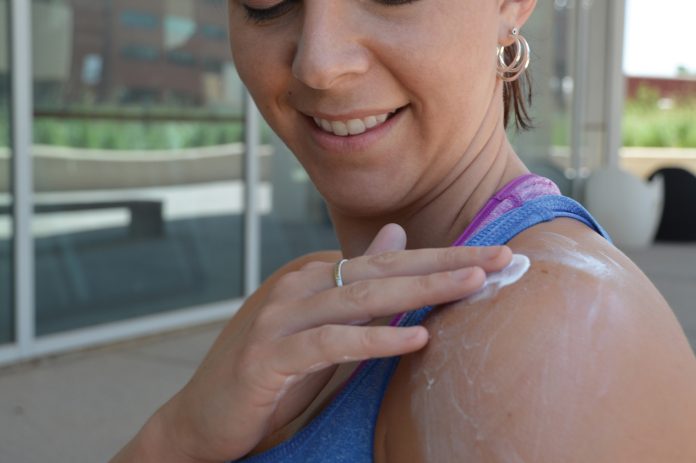From stinging, blistering and swelling to more serious side effects like headache and nausea, even a run-of-the-mill sunburn can make you wish you’d applied your sunscreen before going out in the sun.
But as bad as the instant regret can be, the long-term effects pose the most substantial threat, said Oklahoma Medical Research Foundation President Stephen Prescott, M.D.
“A number of issues can arise over time, including premature aging, deep wrinkles, eye damage and, most significantly, skin cancer,” he said. “Ultimately, the takeaway is: sunburns are bad news and can have serious consequences.”
Although most people are aware of the dangers burns can present, that doesn’t mean they’re taking the necessary precautions. In fact, the Centers for Disease Control and Prevention report that more than one-third of adults and 70 percent of children have been sunburned within the past year.
Those numbers, particularly in children, strike Prescott as alarming.
“There is a clear link between sun exposure and certain types of skin cancer. This is particularly true when children and young adults get bad burns, because it gives problems a longer time to develop as they age,” said Prescott.
“It’s almost impossible to prove, but many experts think even one bad burn, particularly in childhood, can make the mutations in your DNA that will eventually lead to cancer,” he added.
It’s not the acute burn itself that proves to be dangerous, he said. The infrared rays that cause you to look red or pink when you come out of the sun can cause pain and blistering, but it’s rare that a sunburn is severe enough to require medical attention. It’s the other rays—ultraviolet rays—in sunlight that cause longer-term issues.
Ultraviolet rays are the leading factor in causing skin cancer, the most common cancer in the U.S. In fact, more people have suffered from skin cancer than all other cancers combined over the past three decades, according to the Skin Cancer Foundation.
And sunlight might not be your only enemy when it comes to UV rays. Prescott said even tanning beds can lead to many of the same skin issues and elevated cancer risks.
Thankfully, the solution is a simple one: if you’re going to be exposed to the sun, wear sunscreen. You can also cover up with hats, long-sleeves and pants.
It’s important to note that all sunblock is not created equal, Prescott said. Use something that blocks UV rays, and the higher the SPF the better. OMRF’s Prescott recommends using SPF 30 or higher to be safe.
“We all want to have fun outdoors in the summer at barbeques and lounging by the pool, but taking a few minutes to apply proper sun protection can make a word of difference in the long run,” he said.














